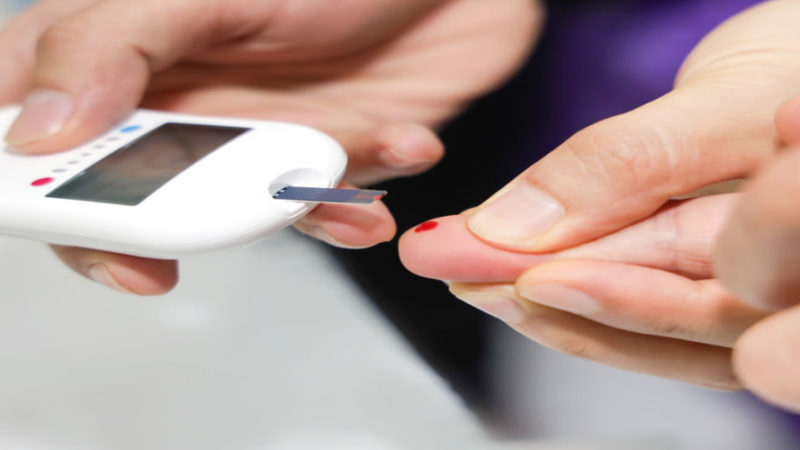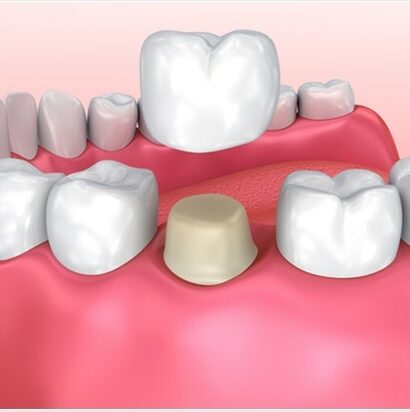What is diabetes?
Diabetes mellitus, more often known as ‘diabetes’, is a chronic medical condition that results in high levels of blood sugar. Diabetes occurs as a result of a metabolic imbalance, in which the body either does not produce enough insulin or cannot use the insulin that it releases.
Currently, around 422 million people in the world are diagnosed with diabetes, and it has become one of the leading causes of death globally. Most of the diabetes-related deaths take place in underdeveloped and developing countries.
Forms of Diabetes
While many of us can tell the difference between Type 1 and Type 2 diabetes, there are in fact, four kinds of diabetes:
- Type 1 Diabetes – Diabetes of the Type 1 form is a kind of autoimmune disease, in which the immune system of a person attacks and destroys their pancreatic cells, where insulin is produced. Type 1 diabetes occurs due to genetic factors and cannot be prevented.
- Type 2 Diabetes – This is the most common form of diabetes, and affects most diabetics in the world. In Type 2 diabetes, the body becomes resistant to the insulin produced by the pancreas, leading to a build-up of sugar levels.
- Gestational Diabetes – During pregnancy, some women experience ‘gestational diabetes’, where the blood sugar level shoots up due to insulin blocking hormones that are produced by the placenta.
- Prediabetes – In the case of ‘prediabetes’, the blood sugar of an individual is higher than normal, but not high enough to be classified as Type 2 diabetes. However, most people who have prediabetes go on to have Type 2 diabetes later.
Symptoms of Diabetes
Some of the common symptoms of diabetes include frequent bouts of hunger and thirst, urge to urinate more than usual, drastic weight loss, extreme tiredness, poor muscle strength, injuries that do not heal quickly, dry and itchy skin, and poor vision. Women who are diagnosed with diabetes are at a higher risk for urinary tract infection (UTI) and yeast infections.
What kinds of people are at risk for diabetes?
There are several factors which determine if an individual will be diagnosed with diabetes in their life. Having a family history of diabetes makes a person more prone to becoming diabetes in future. However, even if immediate family members may not be diabetic, being overweight or obese, not being physically active, and having medical conditions like high blood pressure or cholesterol levels, putting on a lot of weight during pregnancy and giving birth to a baby weighing more than 4 kilograms, puts people at a higher risk of having diabetes. Women who have pre-existing conditions such as polycystic ovarian syndrome (PCOS) are also more likely to be diagnosed with diabetes.
Prevention and Treatment
Although diabetes puts people at a higher risk for certain illnesses and death, the condition can be controlled, helping people live normal, healthy lives. Timely intervention can assist doctors in an accurate diagnosis and treatment. While those with Type 1 diabetes are administered insulin, patients with Type 2 diabetes are usually given medication to help regulate their blood sugar levels.
While Type 1 diabetes cannot be prevented, people can avoid being affected with Type 2 and other forms of diabetes with regular exercise and a diet consisting of fruits, vegetables and whole grains and less carbohydrates and saturated fats. Those who are overweight should try to lose at least 7 per cent of their total body weight to reduce their risk of becoming diabetic.
Since the expenses associated with treating diabetes can be high, many people are worried that the bills can burn a hole in their pockets. Luckily, with the help of the Bajaj Finserv Health EMI Network Card, you can pay for treatments at more than 270 partner hospitals. Moreover, with the Bajaj Finserv Health Card, you can divide your medical expenses into easy EMIs. The Bajaj Finserv Health Card provides you with a pre-approved limit of Rs. 4 lakhs that can be used across its partner hospitals in India and allows you to repay the amount over a period ranging from 3 to 18 months. The process to apply for a Bajaj Health Card is quite simple. You are only required to submit necessary KYC documentation online during the registration process, following which your Bajaj Health Card becomes activated instantly, and can be accessed via the Bajaj Finserv Wallet App.













